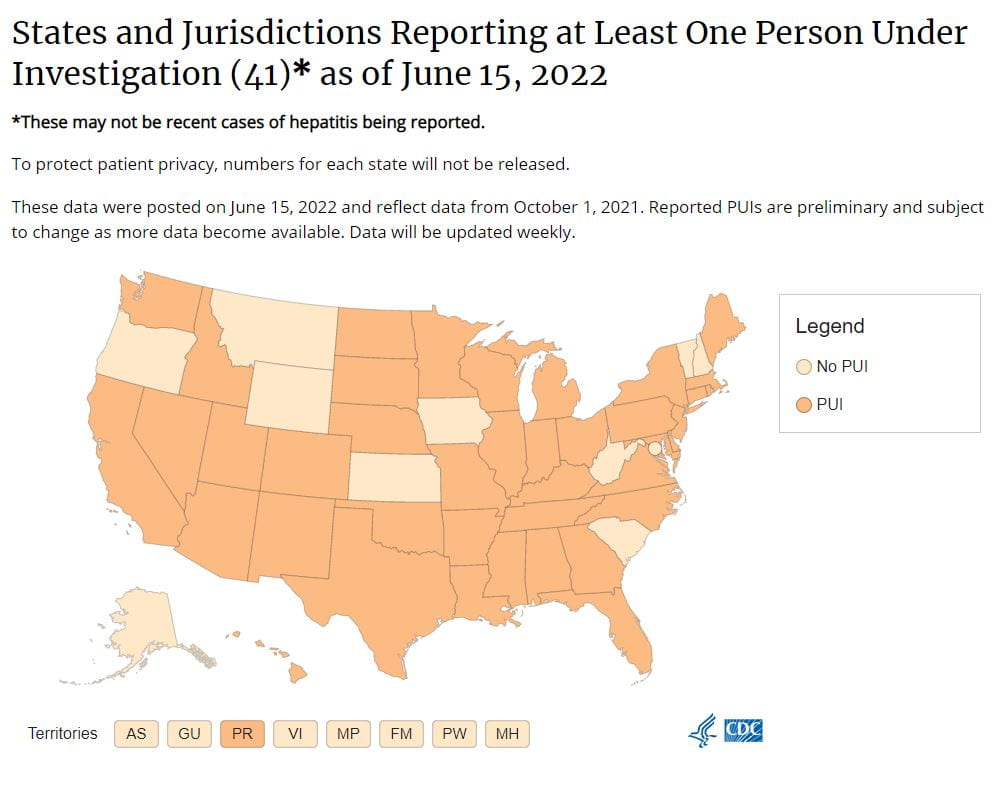Antimicrobial resistance happens when germs like bacteria and fungi develop the ability to defeat the drugs designed to kill them. That means the germs are not killed and continue to grow. Resistant infections can be difficult, and sometimes impossible to treat. Multidrug-resistant organisms are bacteria’s that have become resistant to certain antibiotics, and these antibiotics can no longer be used to control or kill the bacteria. Antibiotics are important medicines. They help fight infections that are caused by bacteria. Bacteria that resist treatment with more than one antibiotic are called multidrug-resistant organisms (MDROs for short), (ct.gov,2023).
Examples of (MDROs), includes methicillin-resistant Staphylococcus aureus (MRSA), vancomycin-resistant enterococci (VRE) and certain gram-negative bacilli (GNB) which have important infection control implications that either have not been addressed or received only limited consideration (CDC,2015).Below are recommended resources for hospitals and long-term care facilities on MDROs:
ANTIMICROBIAL RESISTANCE
- General information of antimicrobial resistance: This gives a detailed explanation of what antimicrobial resistance is all about and why it is an urgent global threat and it’s effect on the general population (CDC)
- How antimicrobial resistance happens: Discusses how antimicrobial and antifungal use affects resistance. It also explains how germs spread and how resistance mechanism occur
- Antimicrobial resistance in long-term-care facilities (Rochester Patient Safety)
MULTI DRUG-RESISTANT ORGANISMS (MDROs)
General Recommendations for Routine Prevention and Control of MDROs in Healthcare Settings
- Strategies for Prevention and Response to Novel & Targeted Multidrug-Resistant Organisms (MDROs): Discusses various strategies to prevent MDROs in healthcare facilities (CDC)
- Multidrug Resistant Organisms Toolkit


